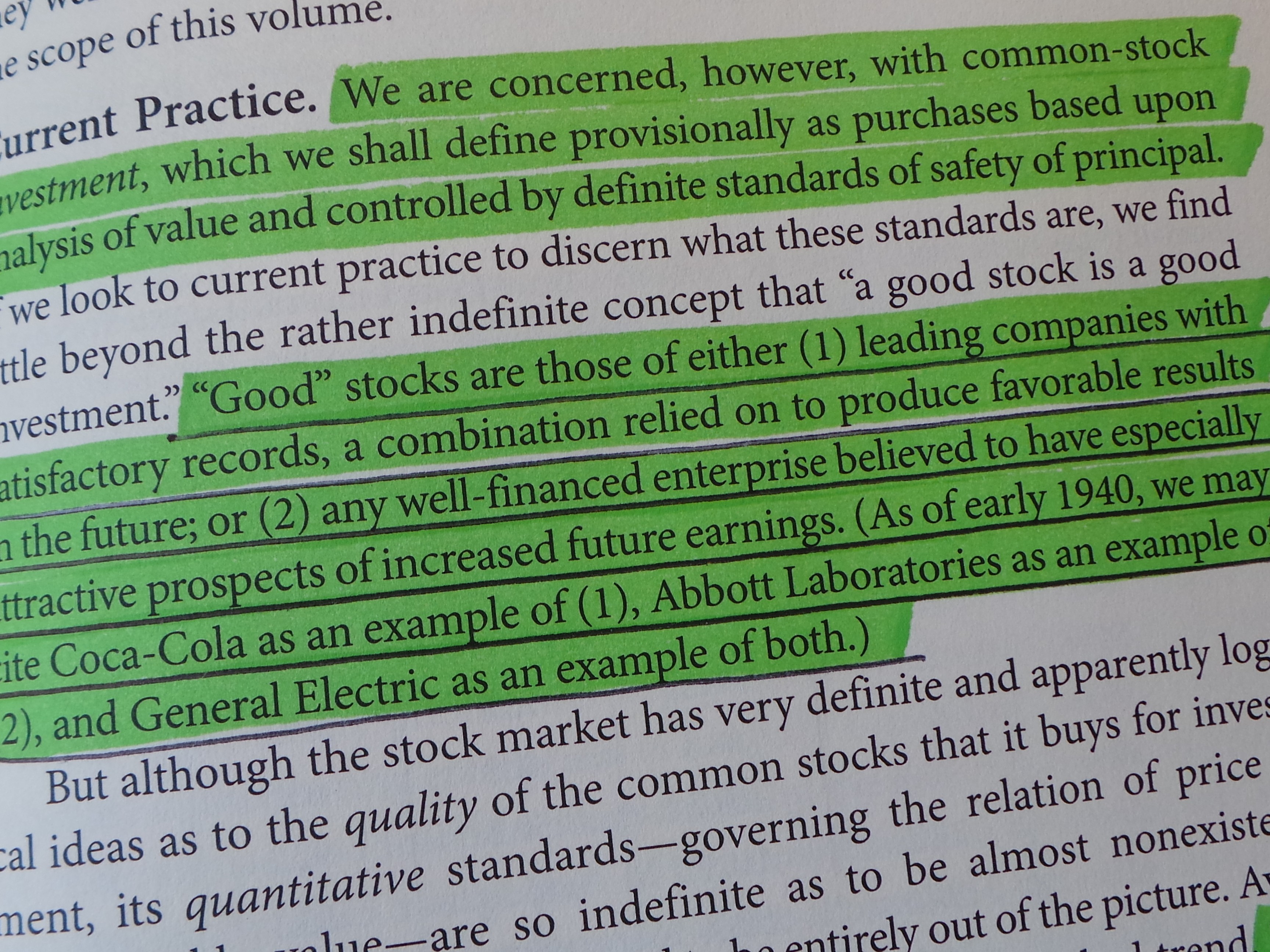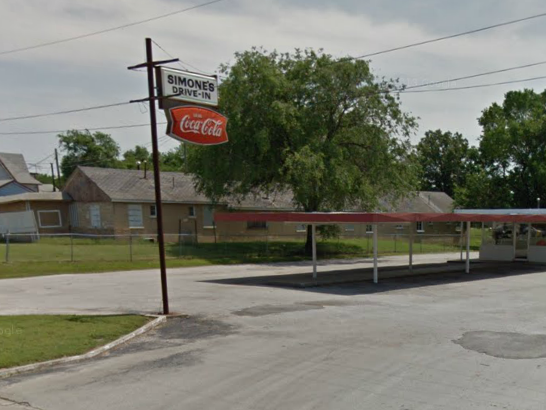So much misfortune in life can be sidestepped if you simply make it a rule to never stretch your finances, yet it’s a rule I see violated more than any other both through observation of those around me and through the messages I receive. Someone can afford a $150,000 house but they try to buy a $250,000 house. Another can realistically go to a college that will cause them to graduate with $10,000 in debt but they want to sign up for the program that will put them $40,000 in debt. Then, not only do they have to hustle to try and meet their legally promised payments, they have to pay rent (in the form of interest expense) on the savings they’ve temporarily borrowed from someone else through an intermediary such as a bank.
Details











